A tribute to the spiritual heritage of the Sufi saints, messengers of peace and guardians of memory.
Maqâm are the tombs of the saints or places that bear witness to their passing. Like stars in the sky, these sites are points of light on earth. Sufi saints embody the role of messengers of peace and guardians of memory.
Since 2003, I've been lucky enough to visit over 200 shrines, from Morocco to China, via Turkey and Uzbekistan. Through my photographs, I want to convey a message of hope, because the energy of the saints endures through the centuries. It's an ever-present vibration of the Sacred, of the Living.
Sufi saints have left a precious spiritual legacy to humanity. Some of them are indisputable, such as Rûmî and Ibn Arabî - contemporaries of Saint Francis of Assisi – or Sheikh al'-Alâwî, whose 100th anniversary of the Sufi order was celebrated by UNESCO in 2015.
The universal wisdom transmitted by the teachings of the Sufi masters remains profoundly relevant today. It is a source of inspiration both for the 350 million Sufis around the world and for those seeking peace. The time has come to highlight this heritage and take a fresh look at spirituality.
Link to my Sufi Wisdom website dedicated to Maqâm: www.sagesses.org
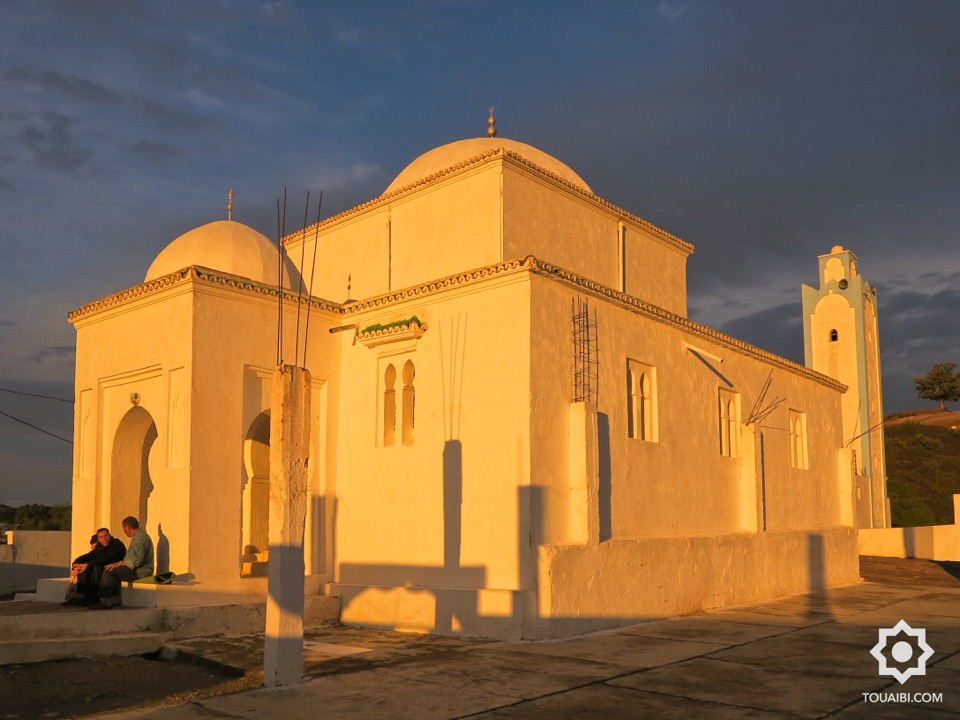
About
Shrine of Sheikh Moulay al-'Arabî al-Darqâwî. Sheikh al-Darqâwî always advocated simplicity and sobriety. He is an important figure in Moroccan Sufism and had many pupils.
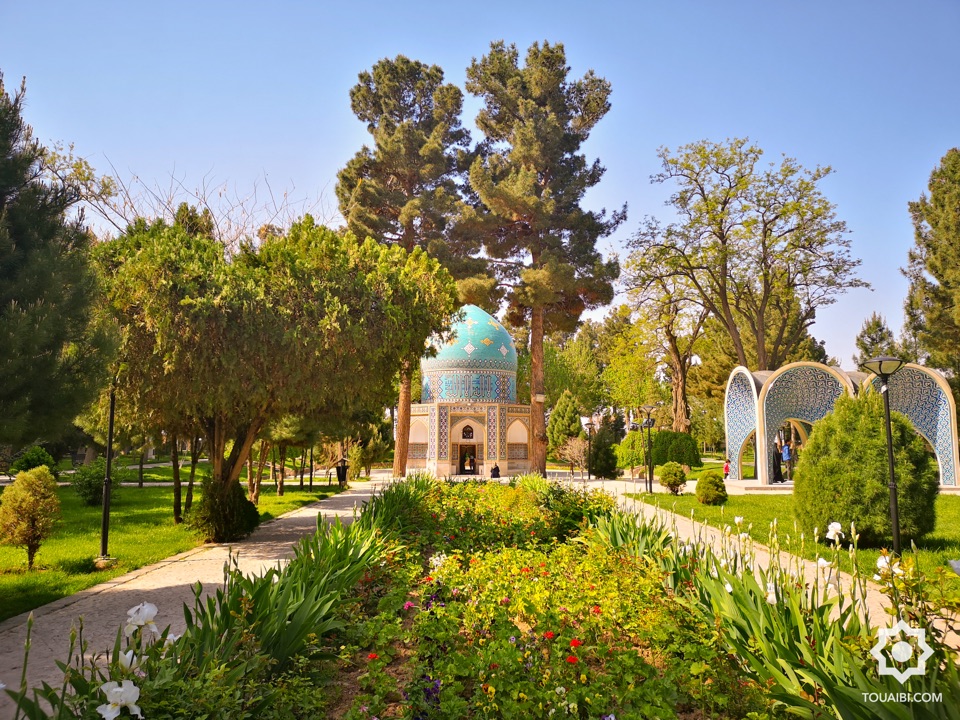
About
Shrine of Farid ud-dîn Attar, author of the famous collection ‘The Conference of Birds’.
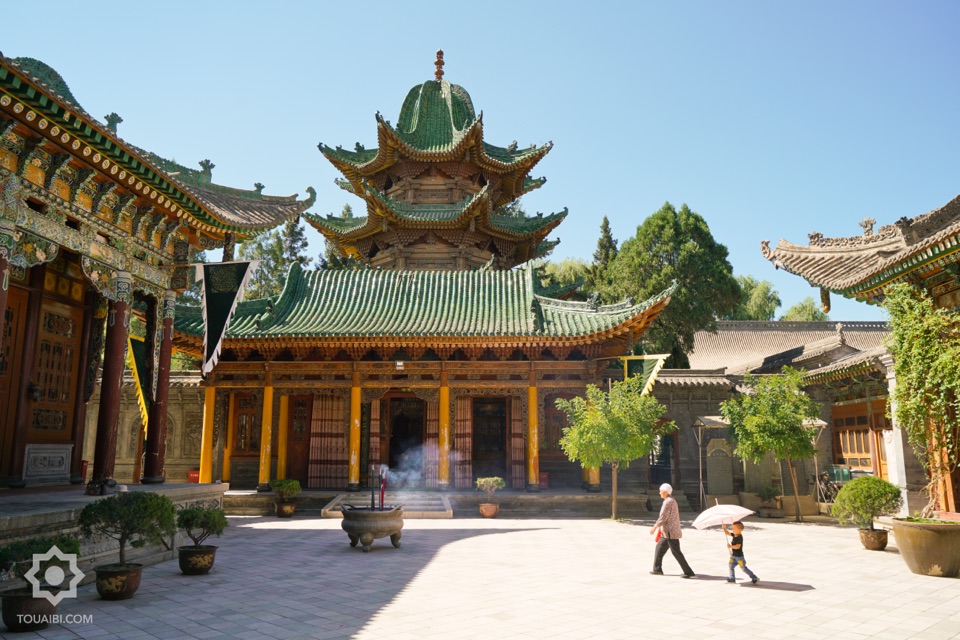
About
Qi Jingyi was a Chinese Islamic scholar (Hui) from the Qing dynasty. He was the first Chinese sheikh of the Qâdiriyya Sufi mystical path. Islam has taken on the colour of Chinese architecture.
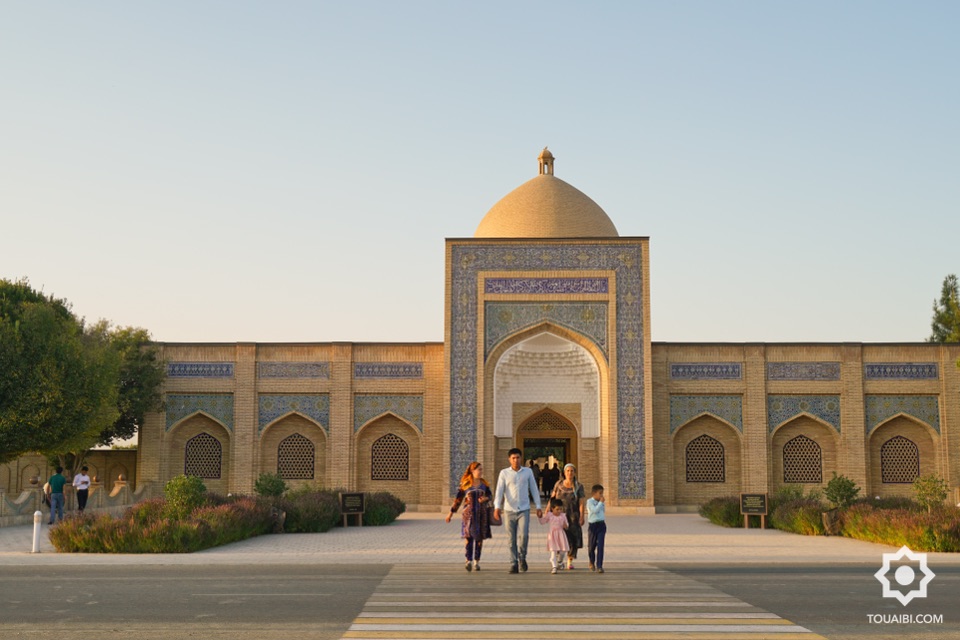
About
The sanctuary of Bahâ ud-Dîn Naqshband is around ten kilometres from the town of Bukhara in Uzbekistan.
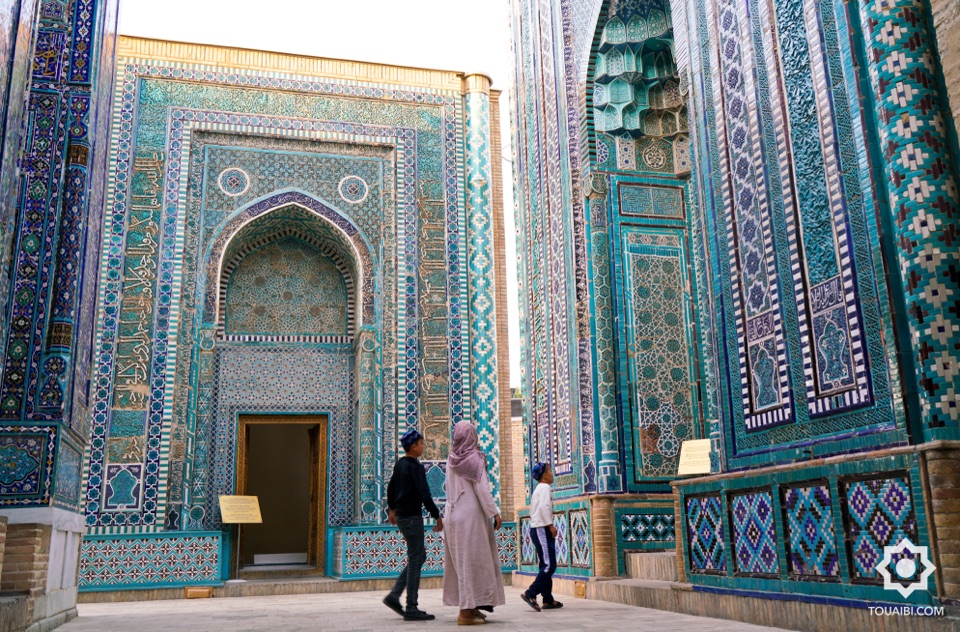
About
Shah-e Zinda, the jewel of Samarkand. The Shah-e Zinda necropolis is a unique architectural ensemble made up of mausoleums and mosques built between the XIVe and XVe centuries. Its name, ‘Tomb of the Living King’, evokes the original sanctuary housing the supposed tomb of Qusam ibn-Abbas (624–677), cousin of the Prophet Muhammad.
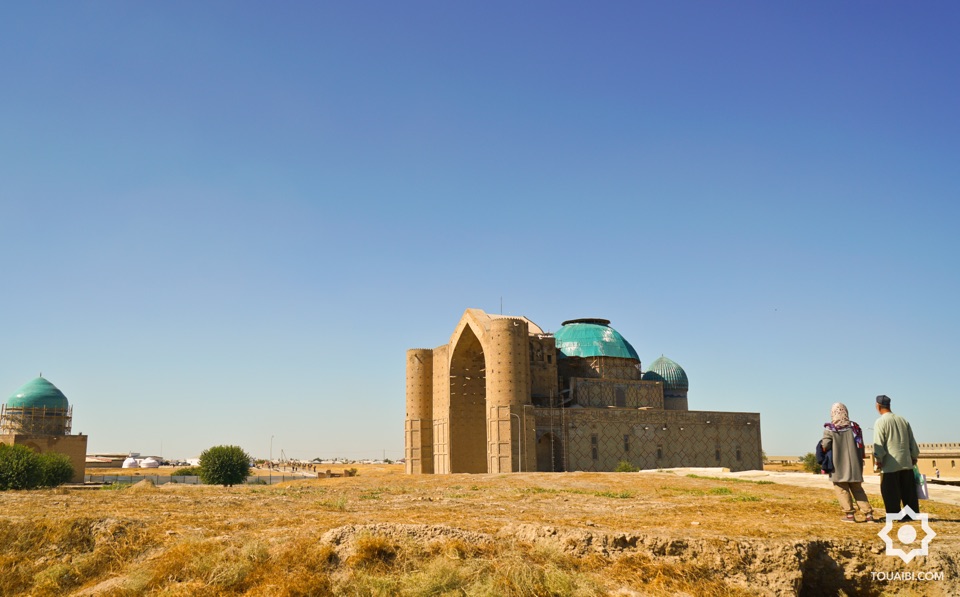
About
The largest sanctuary in Central Asia is that of an illustrious Sufi master, Khoja Ahmad Yasawî (d. 1166), located in Turkestan, now in Kazakhstan. The majestic architecture of his mausoleum bears witness to the rich spiritual heritage along the Silk Road.
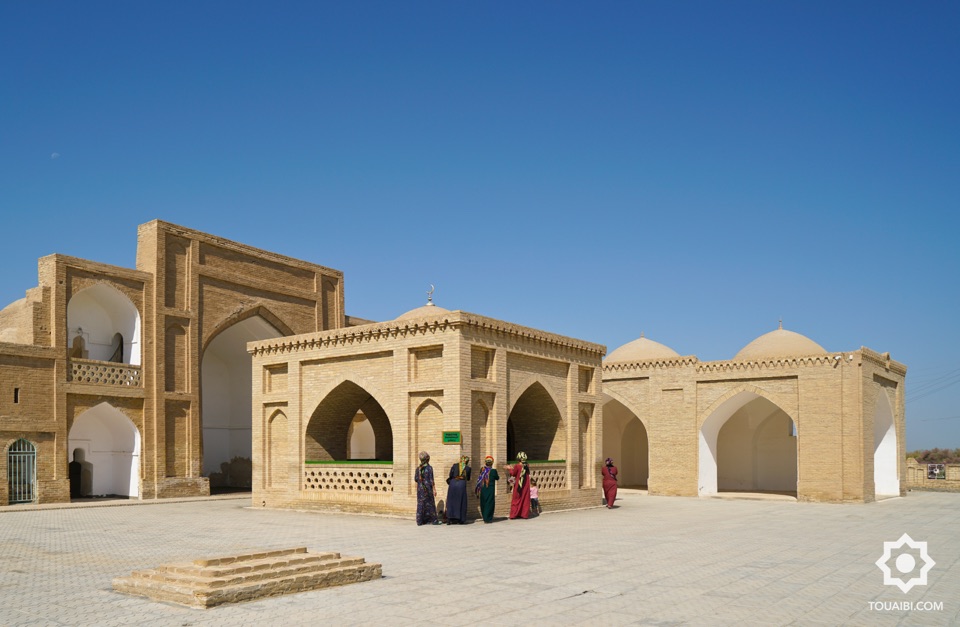
About
Khoja Yûsuf Hamadâni (d. 1140) was a scholar of his time and is today considered one of the founding fathers of Sufism. His shrine is in Turkmenistan.
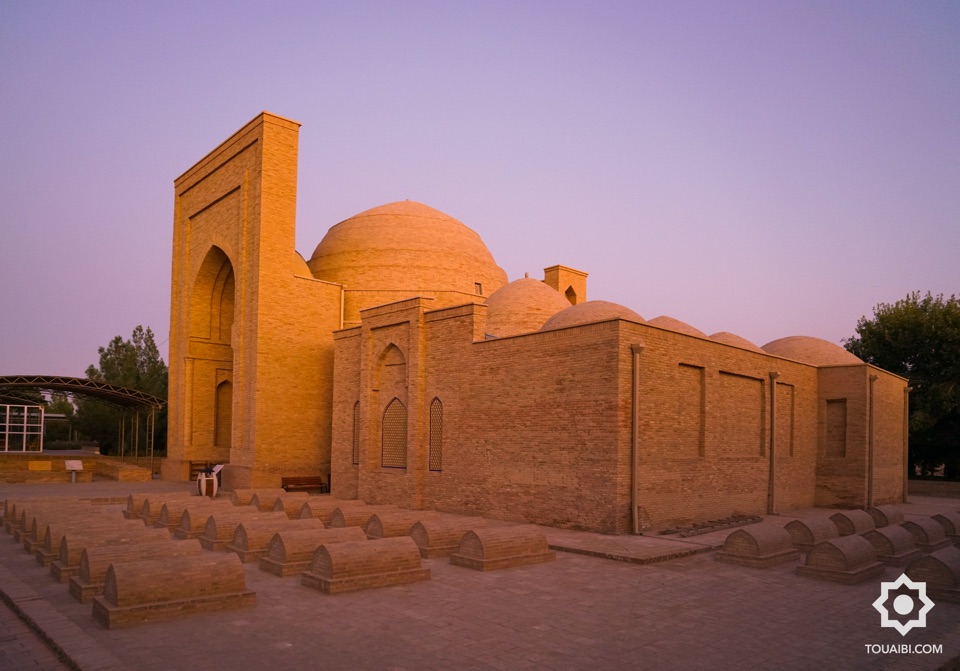
About
Shrine of Hakim al-Tirmidhî (d. c. 930), in Termez, a few hundred metres from the border with Afghanistan. He was a great scholar.
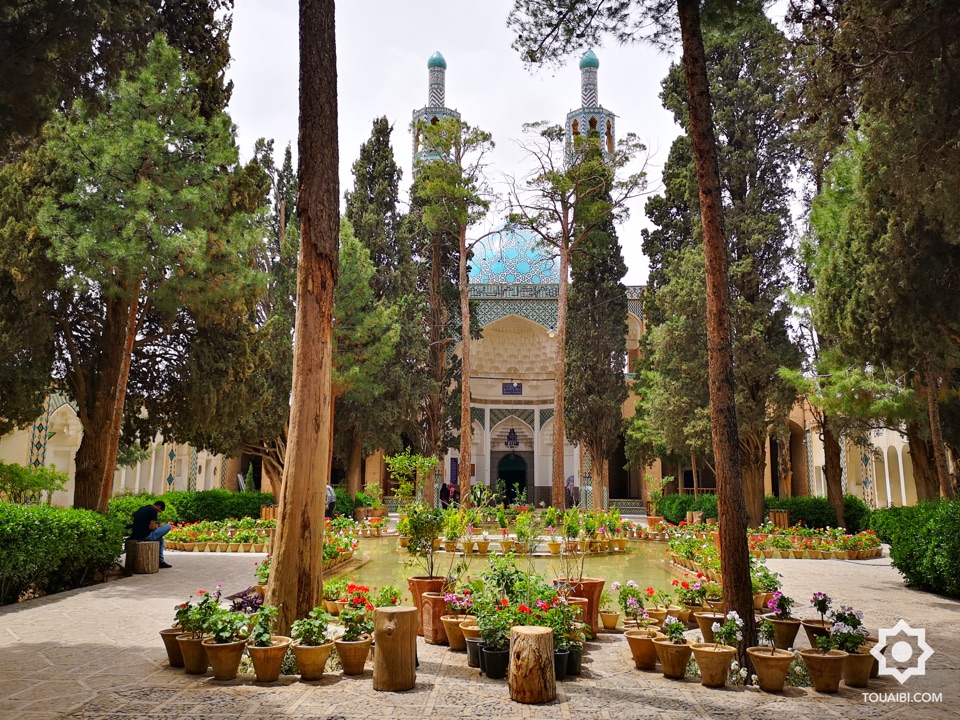
About
Mausoleum of Shâh Ni'matullâh (d. 1431), founder of the main Iranian Sufi brotherhood in Mahan, Iran. The courtyard is pleasantly cool.

About
Moulây Abd el-Salâm ibn Mashîsh is one of the great founding figures of Sufism. A contemporary of Saint Francis of Assisi (d. 1226), he lived in a hermitage on the summit of Jabal la' Lâm, a mountain about 80 km south of Tangier. His only pupil was Abû-l-Hasan al-Shâdhili.
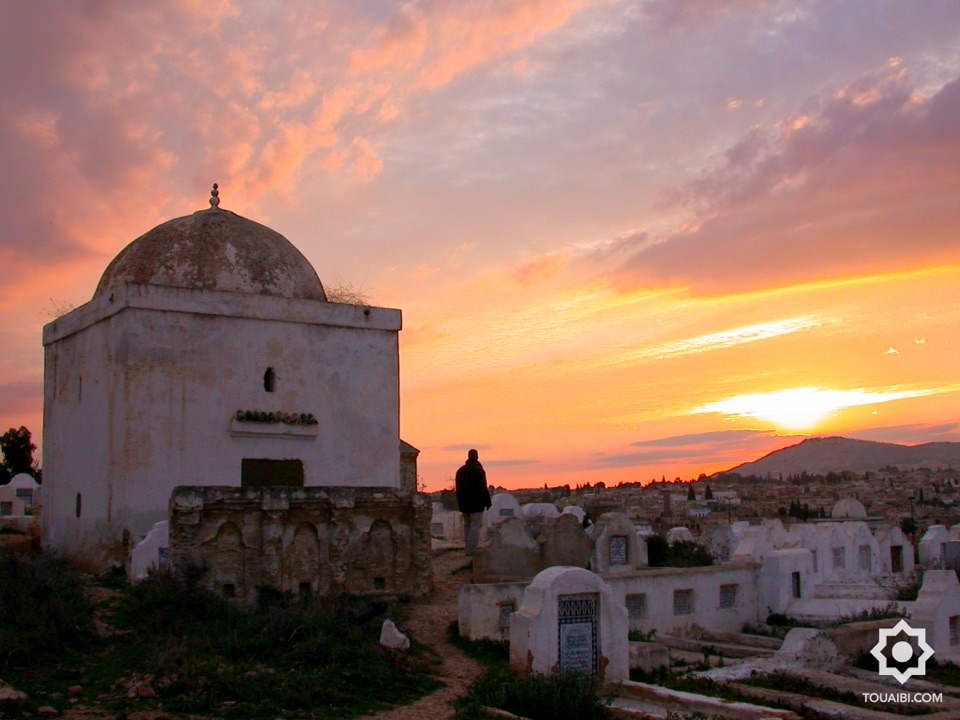
About
In the cemetery of the saints in Fez, Morocco, Halim watches the sunset.

About
The shrine of Imam Abû l-Hasan al-Shâdhilî (1197–1258) in Humaytharâ, Upper Egypt. He was the founder of the Shâdhilîyya Sufi brotherhood. On the right, the Wakil (guardian) Mohammed Abdallah.
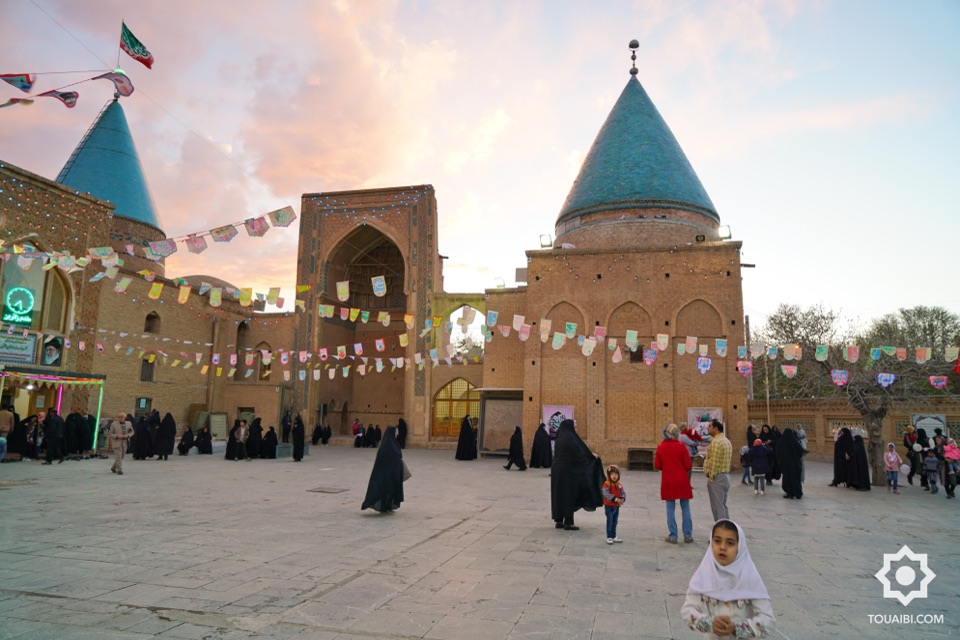
About
Bâyazid Bistâmi, whose ancestors were Zoroastrians, was born in 804 in Bastâm, a town between Teheran and Mashad. He was one of the first great Persian Sufi mystics.
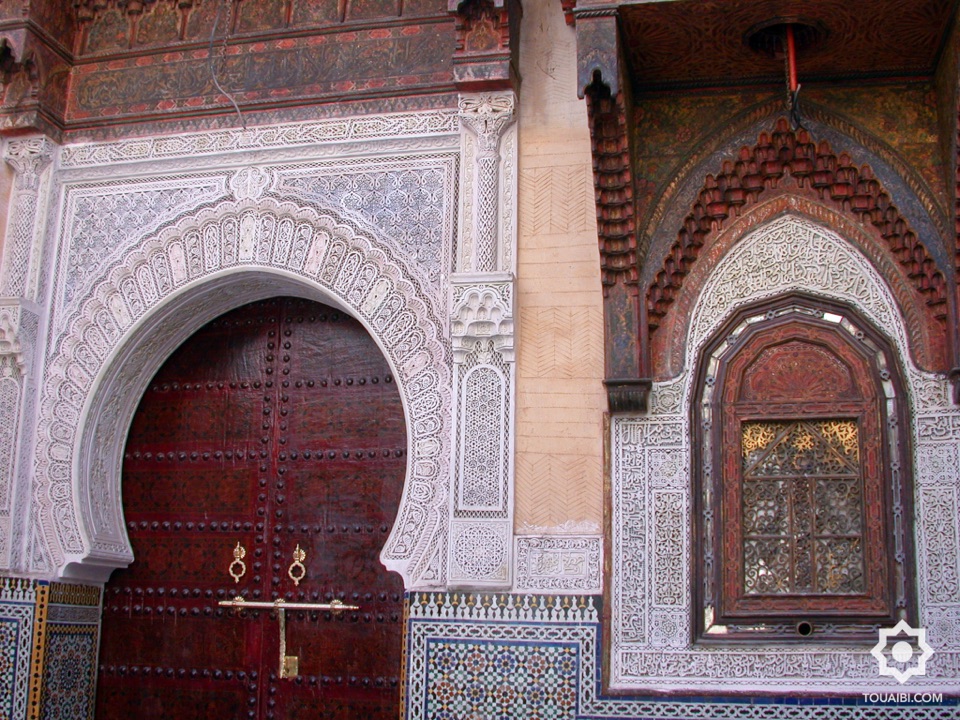
About
The door to the mosque and tomb of Sheikh Ahmed Tidjani (1737/38–1815), Fez, Morocco.
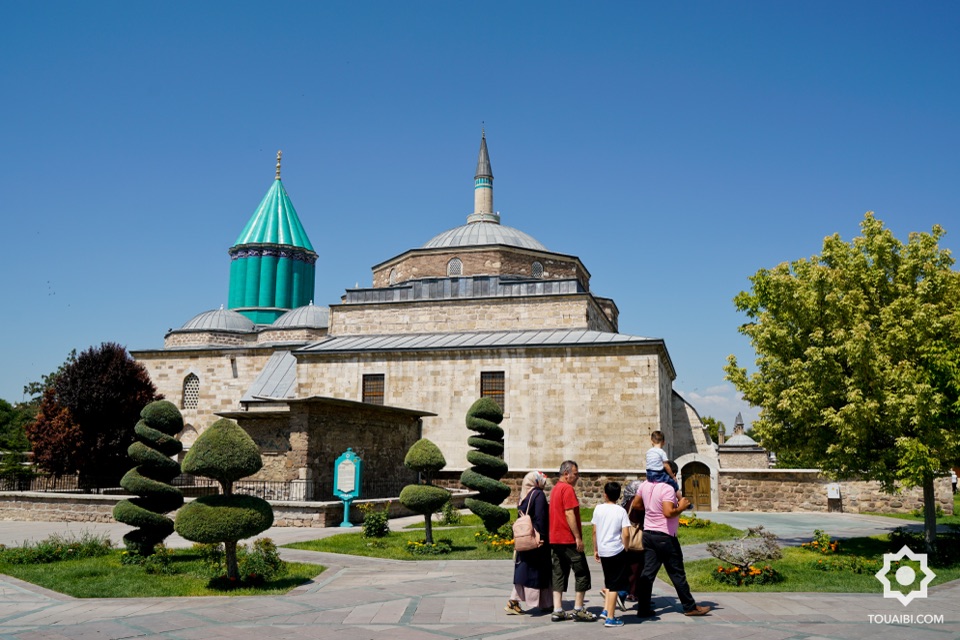
About
The tomb of Djalâl-ud-Dîn Rûmî (1207–1273) in Konya, Türkiye. Rûmî was one of the greatest scholars and poets of the Islamic world. His famous collection, the Mathnawî, contains almost 26,000 verses.
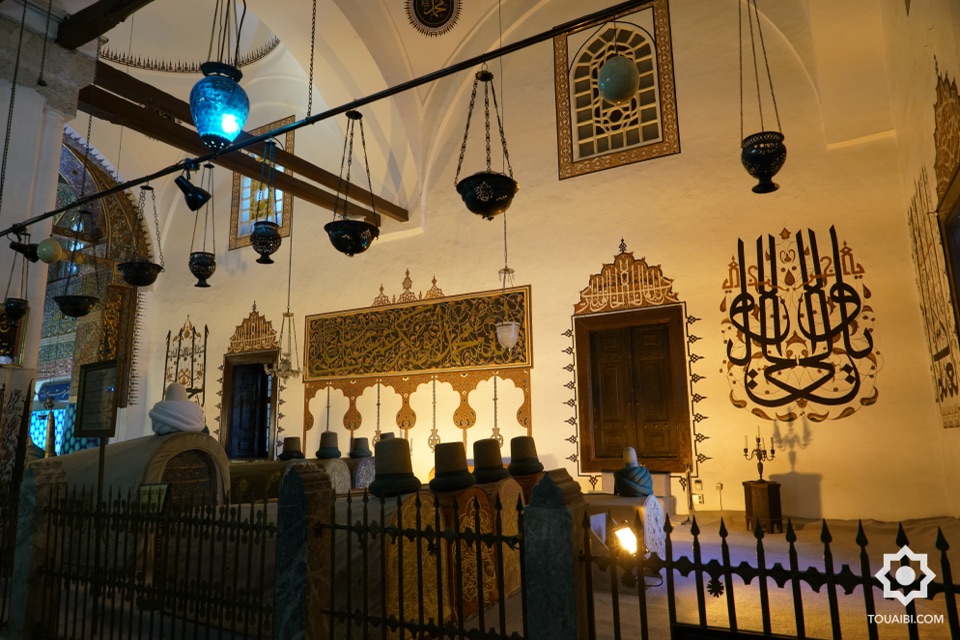
About
Inside the tomb of Djalâl-ud-Dîn Rûmî (1207–1273) in Konya, Türkiye.
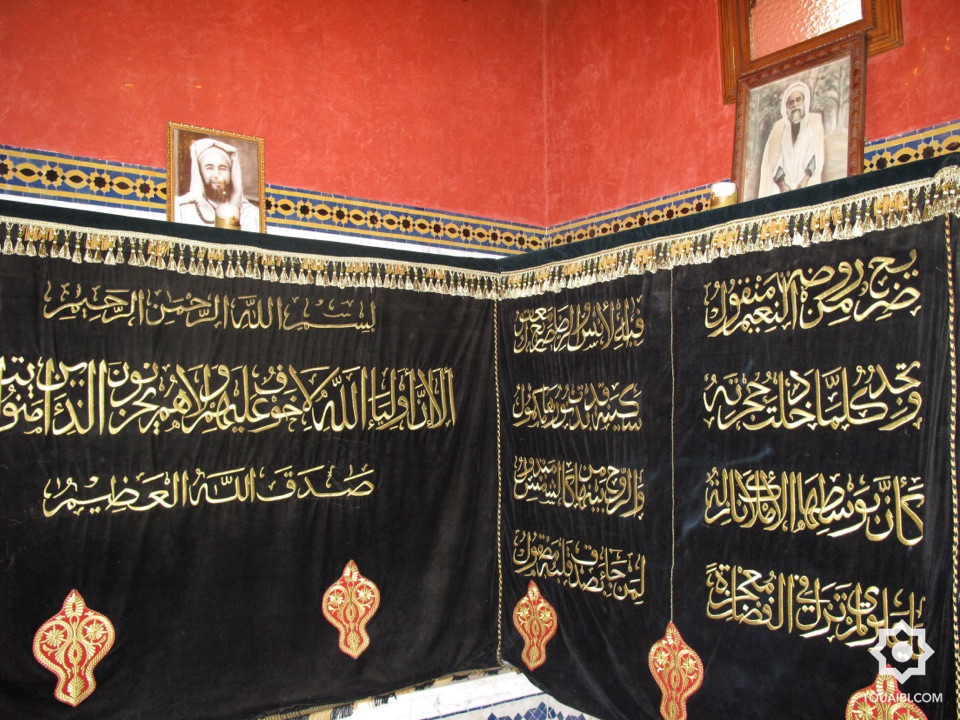
About
The shrine of Sheikh al-'Alâwî, a Sufi master born in 1869 in Mostaganem, Algeria. He was the founder of the Alâwiyya Sufi brotherhood, one of the most important Sufi movements of the 20th century. UNESCO paid tribute to his school of conviviality and tolerance at a symposium in 2015.
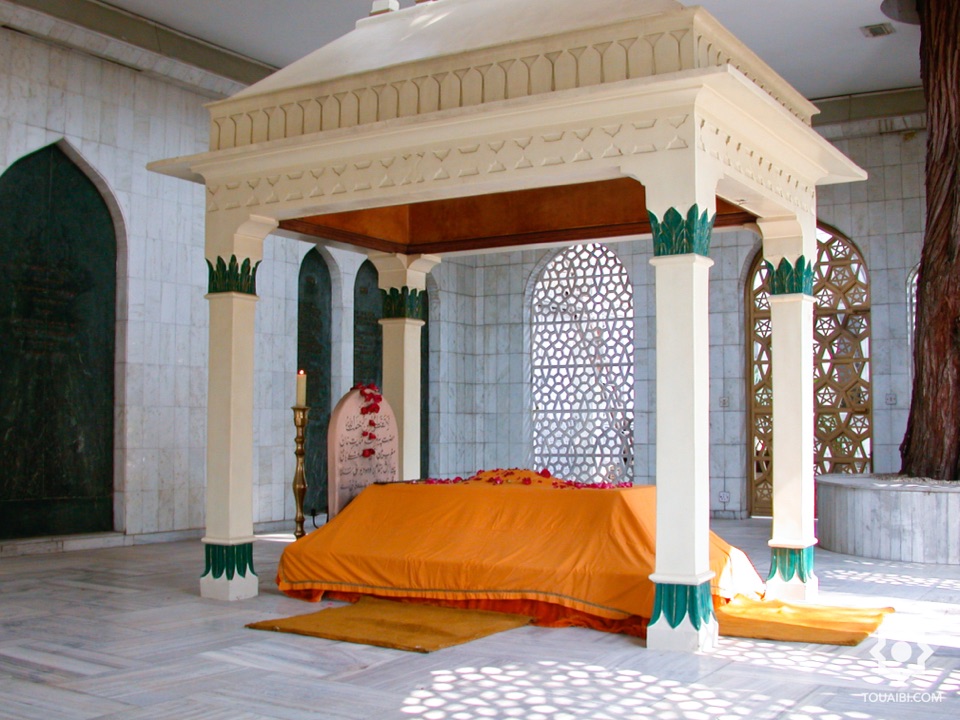
About
The tomb of Pir-o-Murshid Hazrat Inayat Khan (1886–1927), New Delhi, India. His Sheikh Sayyid Abu Hashim Madani, a Sufi master, gave him the mission of harmonising East and West through his music.
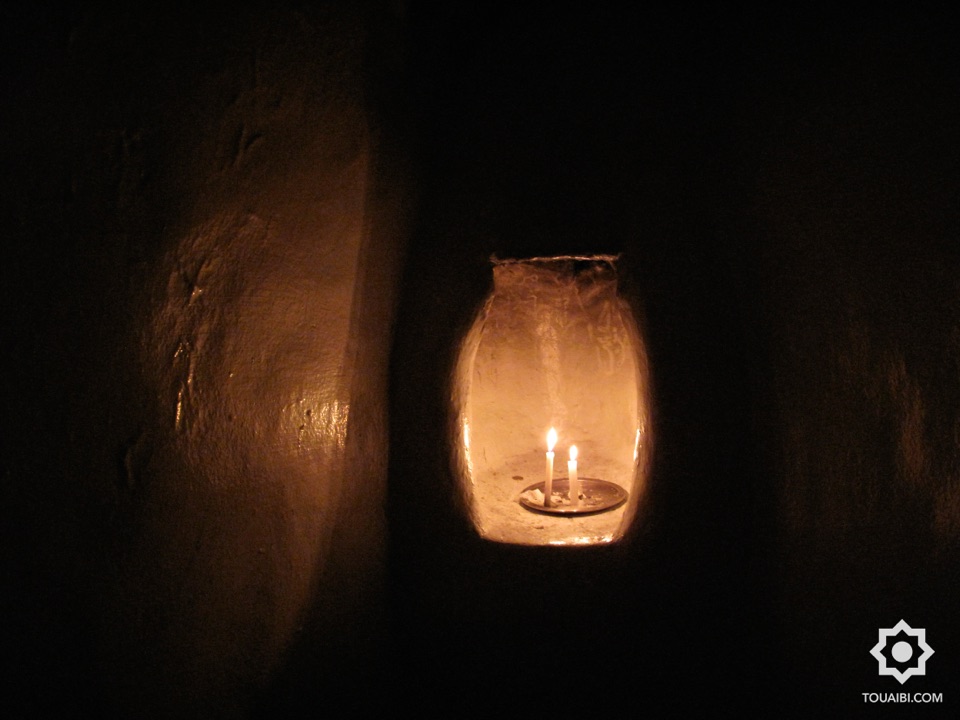
About
In the Moghara (cave) of Sidi Bel Hassen (1197–1258), Tunis, Tunisia.
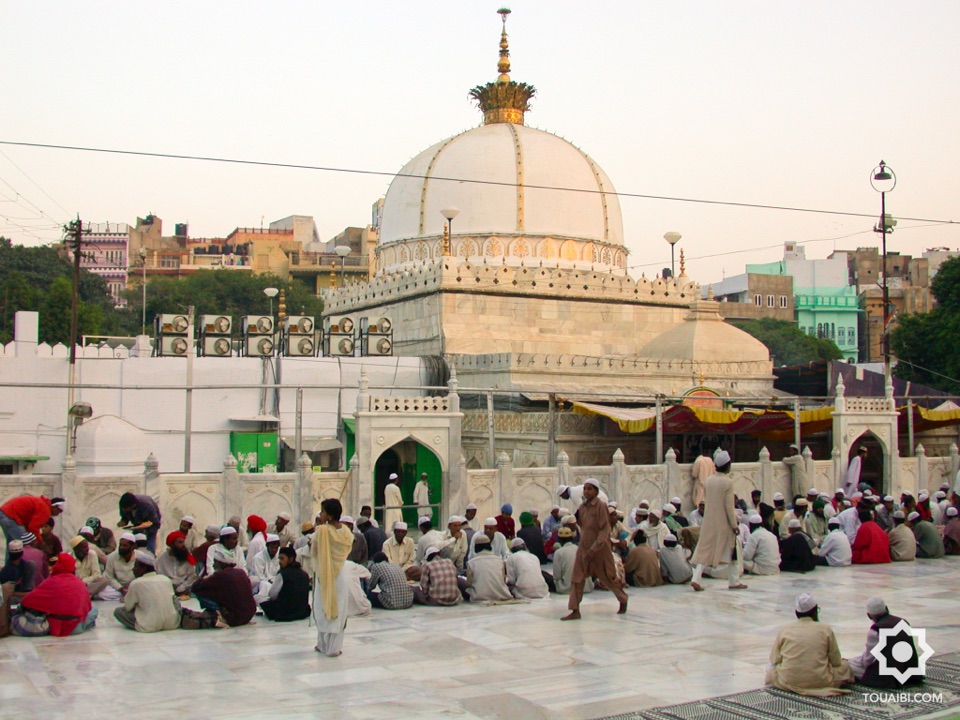
About
The tomb of Hazrat Khwaja Moinuddin Chishti (1138/1139–1236) in Ajmer, India, founder of the Chishtiyya brotherhood.
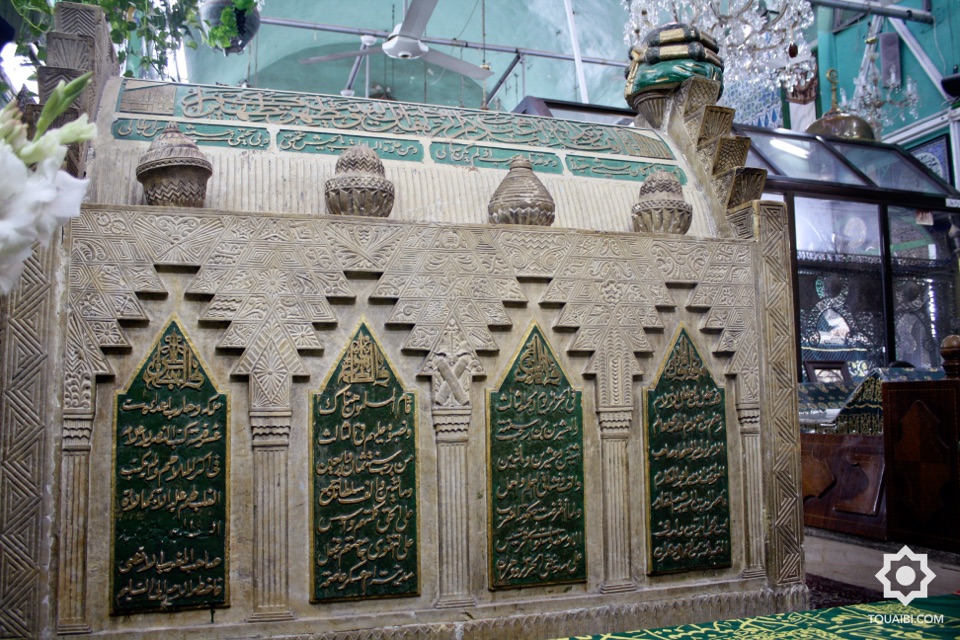
About
The tomb of Emir Abd el-Kader al Hassani al Jazairi (1808–1883), Damascus, Syria. Emir Abd el-Kader was one of the most exceptional figures in history in terms of his destiny, his actions and his human qualities.
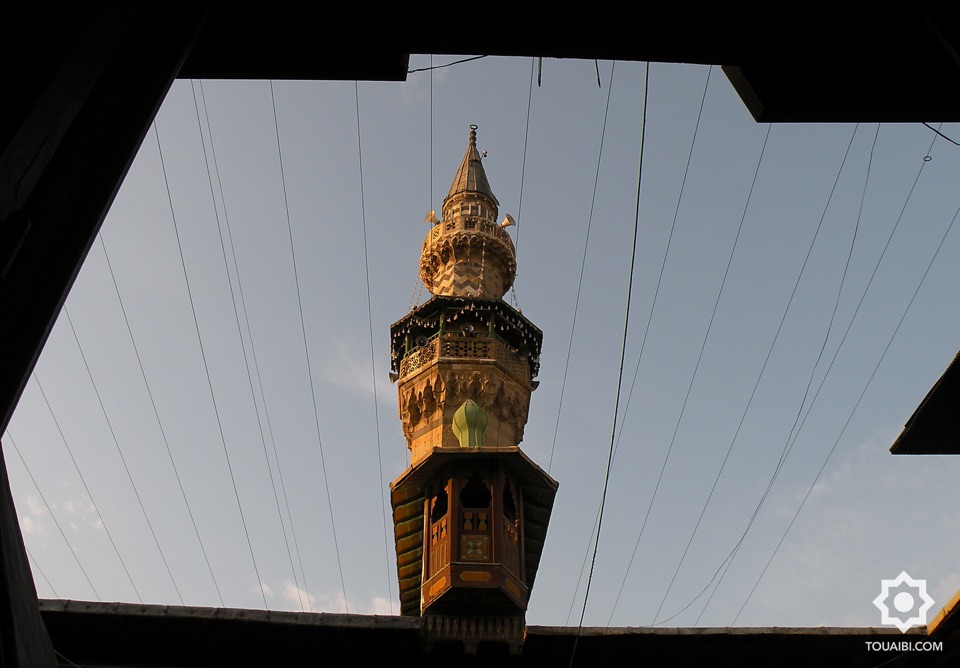
About
The minaret of the Mosque of Muhyi al-Dîn Ibn Arabî (1165–1240) in Damascus, Syria. Born in Andalusia in 1165, Ibn Arabi is considered one of the greatest Sufi masters, mystics, philosophers and poets.
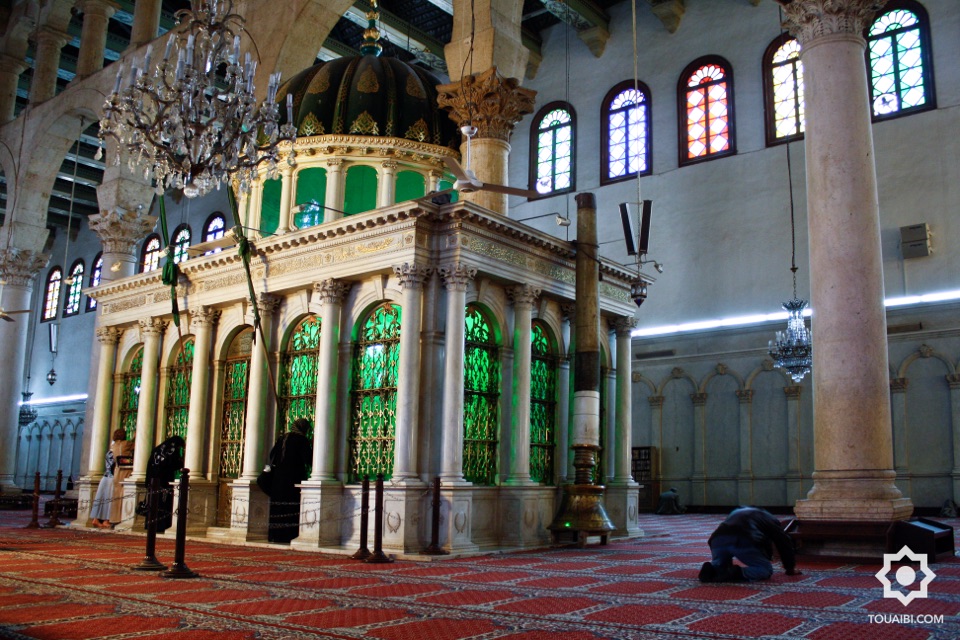
About
The shrine of St John the Baptist (the Prophet Yahyia for Muslims) is located in the Umayyad Mosque in Damascus, Syria. Over 1,000 years ago, Christians and Muslims prayed together in this mosque for almost 50 years.
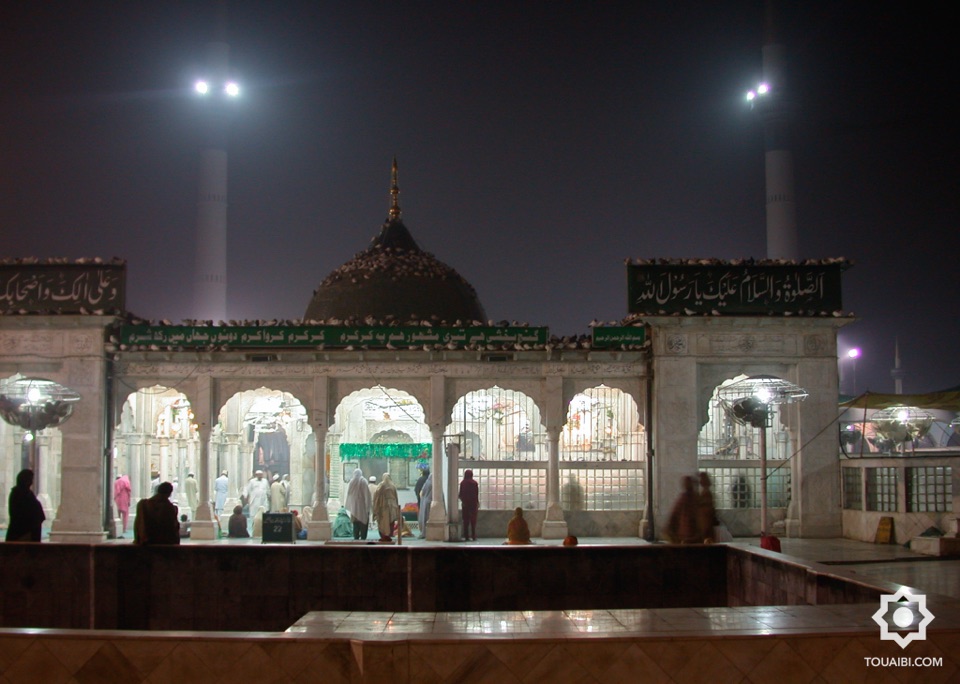
About
Just before the Fajr prayer at the tomb of Syed Ali Bin Usman Ali Al-Hajweri (1010–1071), Patron Saint of Lahore, Pakistan.

About
Inside the shrine of Hujwiri, the patron saint of Lahore.
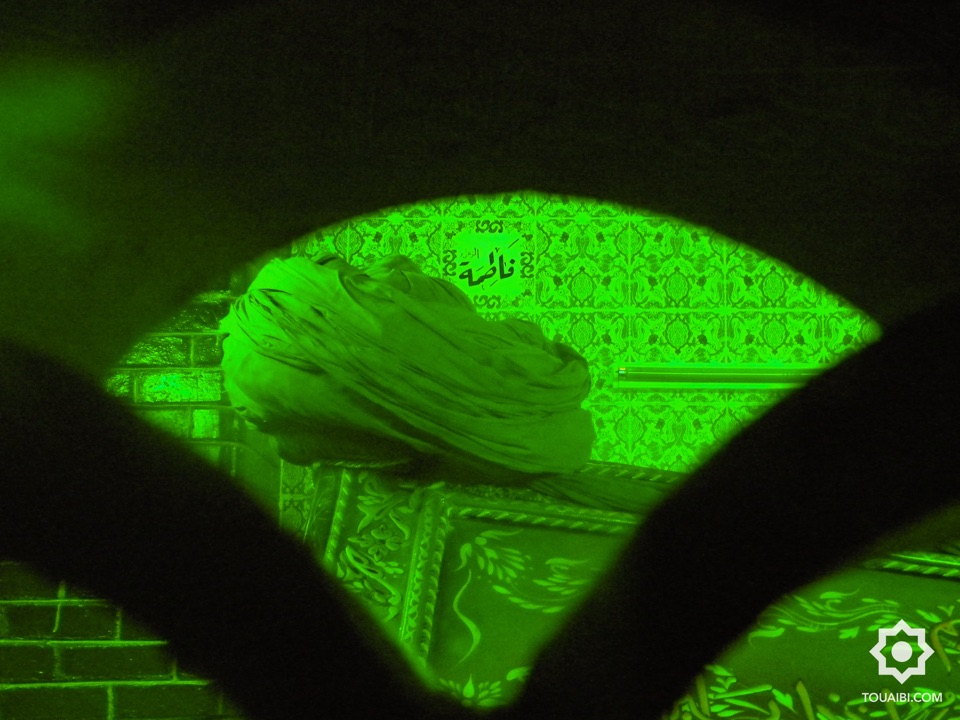
About
The tomb of Sheikh Abdallah Abd al Daghestani (1891–1973) in Damascus, bathed in green light. He was the teacher of Sheikh Nazim (d. 2014).
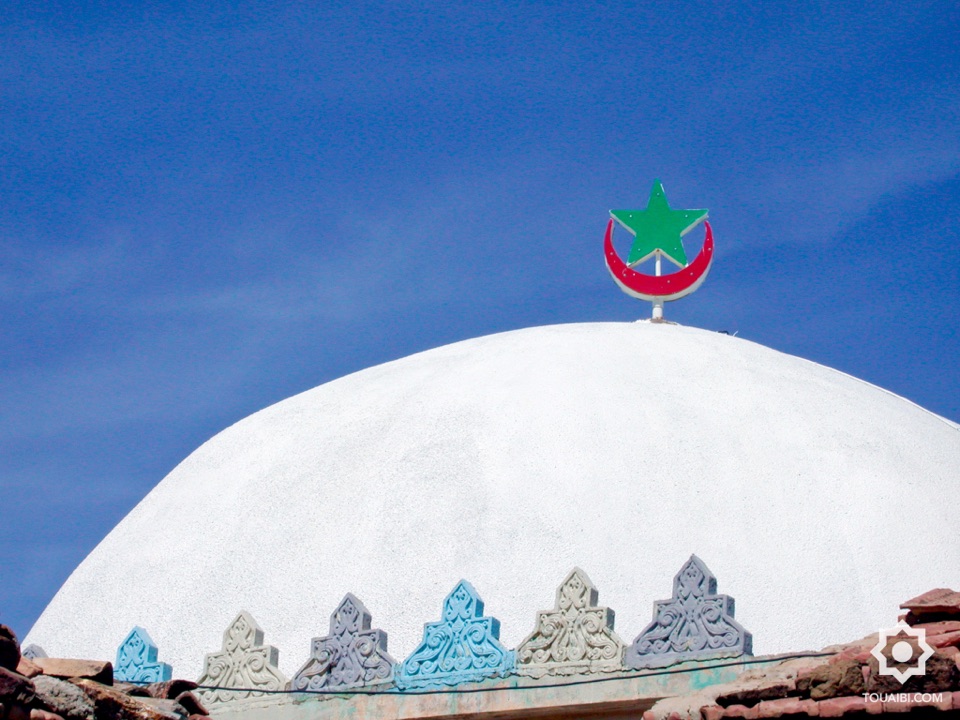
About
The dome inside the mosque of Sayyida Nafisa (762–824) in Cairo. Sayyida Nafîsa was a learned woman who taught the Koran to men.
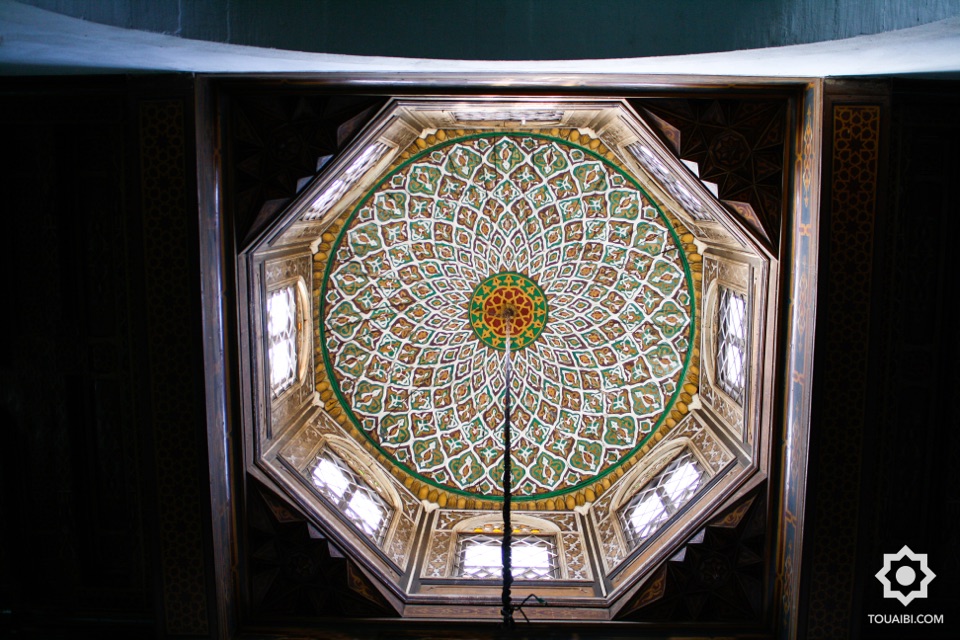
About
The tomb of Sidi Belkacem near Khemis-Miliana in Algeria. Living around 1750, he built a house with 40 beds to offer hospitality to travellers.

